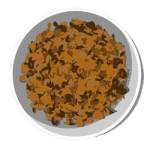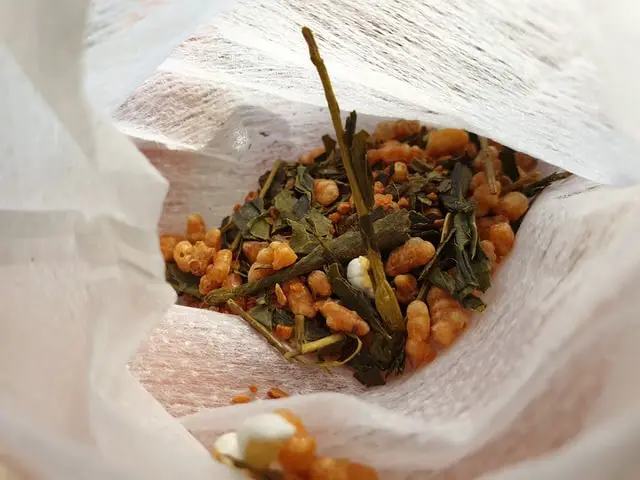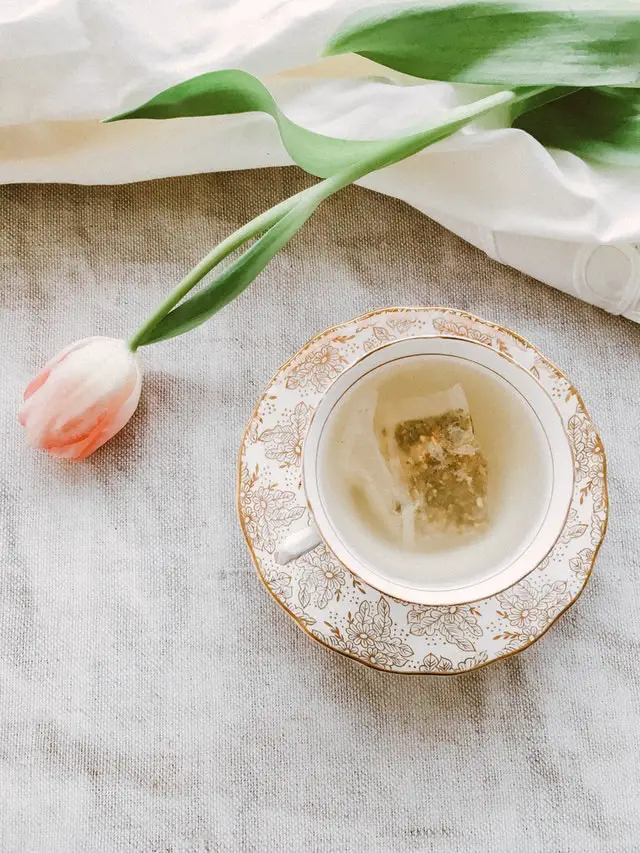
If you have been keeping up with the latest tea trends, you will have undoubtedly heard of genmaicha.
Of course, it’s a fairly mixed bag when it comes to informational sources.
So, you may have not gotten the full story on the tea.
If your answer is no, there’s no need to worry.
Just check out the information that’s available here…
Contents
So, let’s answer the most important question – what is this Japanese tea?
Well, it is a type of Japanese green tea.
Literally translated, it means “brown rice tea”.
This is because the green tea is mixed with roasted brown rice kernels.
The brew may be referred to as popcorn tea because during the processing stage, the brown rice kernels are popped to resemble popcorn.
The green tea in this loose leaf tea is either the commonly available bancha tea or low-grade sencha.
Related Article
What You Should Know About Green Tea?

So, how did genmaicha brown rice tea come about?
Well, long time ago, it was a drink that was almost exclusively drunk by peasants.
The roasted rice was added in combination to the leaves to stretch it out and make it last longer.
Brown grains, when roasted, lent a far more pleasant flavor and hue than the white kernels.
It also helped to cover up the often bitter taste of lower quality green tea.
Once the bancha or low-quality sencha tea leaves have been picked, they undergo deep steaming.
Then, the leaves undergo several stages of rolling.
Once this has been completed, the brown grain is added to the blend and oven roasted.
In some instances, you will find brown rice tea with matcha.
Here, the genmaicha tea is dusted with matcha, covering the leaves and grain with the powder.
This is known as matcha genmaicha.

In most traditional genmaicha tea brands, there is a 50-50 ratio of green loose leaf tea leaves to kernels.
As a result, there is less green tea than with most other blends or coffee.
This means that there is far less caffeine in this brew than any other kind of Japanese green tea.
However, despite popular claims, the tea isn’t completely free of stimulants.
So, what does this unique Japanese green tea taste like?
Well, one of the reasons that genmaicha brown rice tea has become a global sensation is due to its pleasant flavor and lack of bitterness.
You will find that it has a mellow aroma and flavor, that can be described as light grassy. It contains a hint of lemon.
The roasted rice offers a nutty and smoky aroma.
Now, green tea does have many health benefits such as:
Unfortunately, genmaicha isn't as useful as other types.
This is because it doesn't have as many polyphenols.
Still, you can enjoy some advantages:
The good news is that this type of green tea does have some antioxidant properties.
As such, one of its main health benefits is preventing oxidative stress to cells and tissues.
So, drinking it may help to ward off certain diseases and improve immune system.
There is also some evidence that this beverage could reduce the risk of cardiovascular diseases such as heart disease.
Here it appears that genmaicha’s health benefits may be similar to that of other green teas.
Now, some people are worried about drinking this brew as the grains in it are known to have small amounts of inorganic arsenic.
However, these levels are incredibly low and unlikely to have any negative impact on you.
After all, numerous people have been eating these kinds of grains and drinking genmaicha without experiencing any side effects at all.
If you still have any concerns, simply consider lowering your intake.
You can brew genmaicha tea the same way that you would any other kind of green tea:
Step 1: Heat water to around 170°F - just before it begins to boil.
Step 2: Use 1.5 teaspoons of leaves for every 8 ounces of water.
Step 3: Steep for 3 minutes or until the drink reaches desired strength.
For iced genmaicha tea, you can brew the tea hot and then cool it in the refrigerator.
For cold brew green tea, let the leaves steep in cold water (in the refrigerator) for 3 to 6 hours.
To enjoy the best brew, it is best to drink it without any other ingredients.
If you would like to, though, you can sweeten it with either sugar or honey.
To make genmaicha latte drinks you can add ingredients like dairy or non-dairy milk to the hot green tea.
Here, they add milk – dairy or non-dairy to hot genmaicha, along with an addition like sugar.
Well, there is the lowdown on genmaicha. As you can see, there is plenty to learn about this drink.
